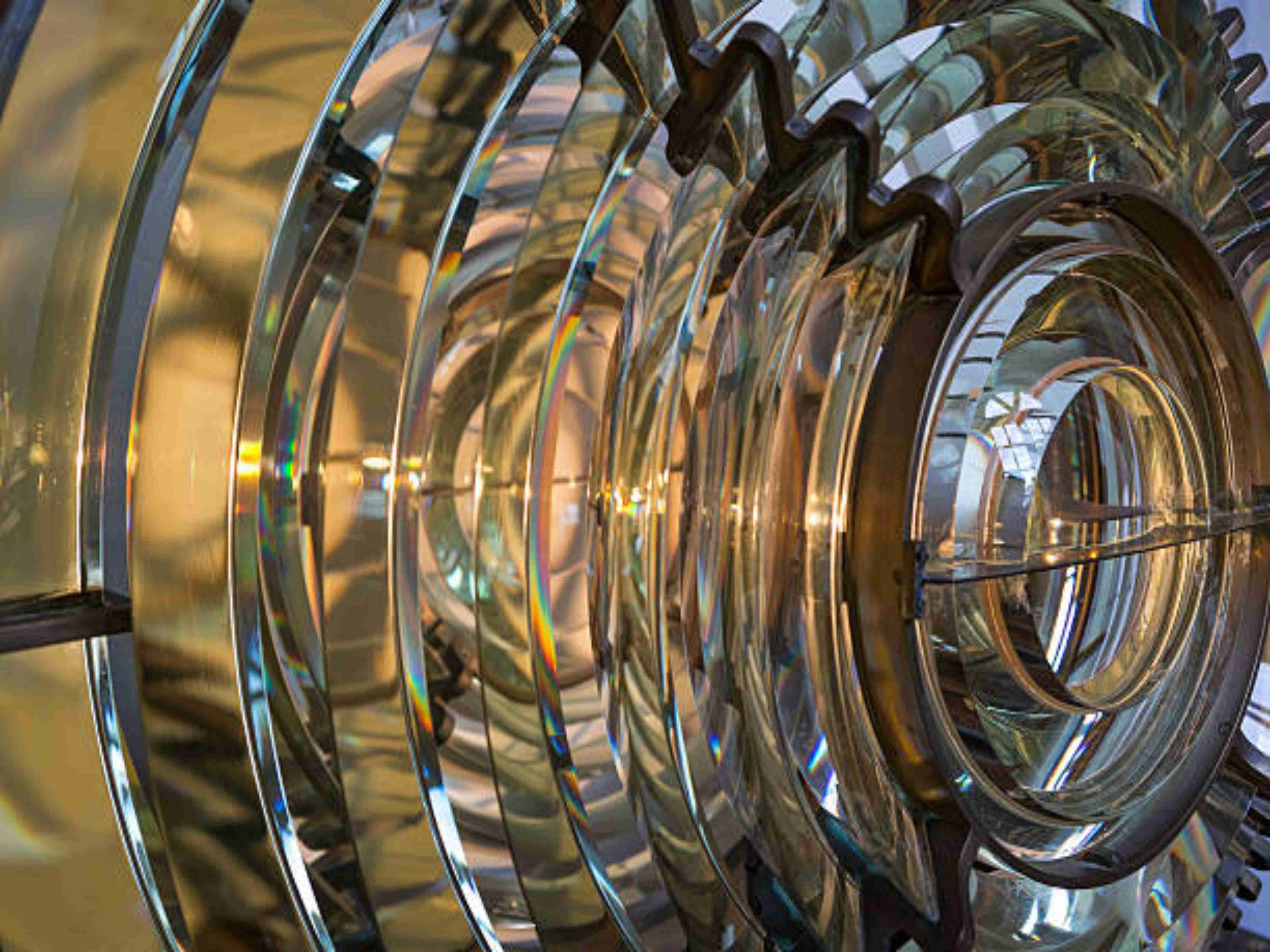Lenses can be widely used in various fields such as security, automotive, digital cameras, lasers, optical instruments, etc. With the continuous development of the market, lens technology is becoming more and more widely used. Lenses are made according to the laws of refraction of light.
A lens is an optical element made of transparent substances such as glass, plastic, crystal, etc. So let me introduce the Fresnel lens and its classification.
What is a Fresnel lens?
Fresnel lens, also known as threaded lens, is mostly made of polyolefin material, and it is also made of glass. The surface of the lens is smooth, and the other side is engraved with concentric circles from small to large. Its texture is based on light interference, interference, It is designed according to the requirements of relative sensitivity and receiving angle.
Fresnel lens is an ultra-precision optical lens device that is widely used. For example, solar concentrating power generation systems, projection display systems, laser TV screens, especially super-large Fresnel lenses, can be used as super-large lenses or reflective surfaces to explore solar energy in space, huge reflective surfaces (such as the 500-meter aperture of Guizhou Sky Eye) applications in radio telescopes).
French physicist Augustin Fresnel invented the principle of Fresnel lens, which converts spherical and aspherical lenses into thin and light plane shapes to achieve the same optical effect. Optical grade rings, each of which plays an independent role. Fresnel lenses are the way to achieve large, flat, and light weights.
The manufacture of Pfister Fresnel lenses, especially the manufacture of large-size lenses, involves optical design simulation, ultra-precision manufacturing technology, polymer materials and precision molding technology. Fresnel lenses can be widely used in lighting, navigation, scientific research and other fields.
A Fresnel lens is a form of flat plate that reflects and concentrates radiation. Using this principle and splicing technology, parabolic, elliptical and highly curved optical lenses of any diameter can be converted into flat forms, so as to realize the splicing of Fresnel lenses of any size, and explore space solar energy and huge reflective surfaces (such as Guizhou Tianyan 500). meter diameter radio telescope).
This splicing technique can be used for infinite splicing techniques of Pfister Fresnel lenses, from a few meters to hundreds of meters to any large size. The 500-meter-diameter Guizhou Sky Eye Parabolic Reflector can use this splicing technology to simulate the parabolic surface with a plane Fresnel lens, which reduces the difficulty of processing and makes it easier to install and adjust.
Fresnel lens classification
By optical design:
Positive Fresnel lens:
Light enters from one side and is focused on the other side by a Fresnel lens into a point or parallel light. The focal point is on the other side of the light and is finite conjugation.
This lens is usually designed as a collimating lens (such as a Fresnel lens for projection, a magnifying glass) and a condenser (such as a Fresnel lens for solar energy).
Negative Fresnel lens:
Opposite of a positive Fresnel lens, the focal point and the light are on the same side, usually coated on the surface of the lens and used as the first reflecting surface.
The above is the whole content of today. I believe that everyone has a certain understanding of Fresnel lens. Thank you very much for your patient reading.
Xiangshun Optics (www.ledlensxs.com) has a dedicated optical design department, and has independently developed and designed a variety of lenses, including LED street light lenses, magnetic line light lenses, flashlight lenses, downlight lenses, cob holder, VR projection lens etc. Imported raw materials for optical grade, in line with environmental protection requirements, to meet the needs of offices, enterprises, roads, factories, homes and other occasions.
If you want to know more about Fresnel lenses, you can contact us to consult with us.
